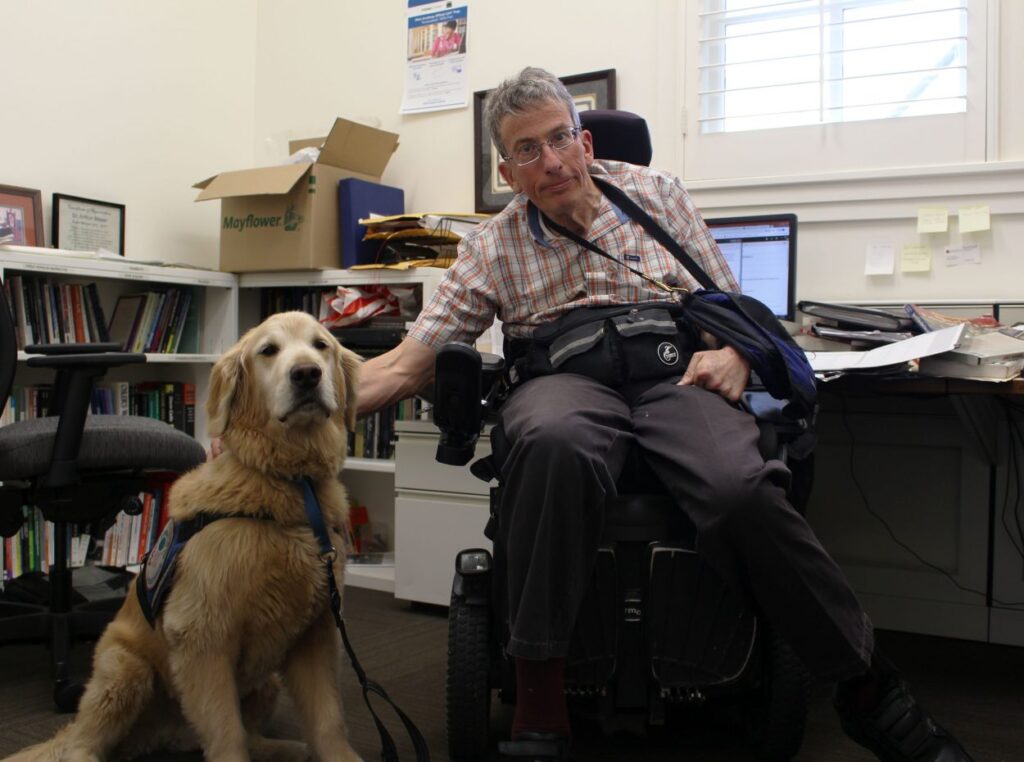
Written by Mitali Shukla
Sophomore Mollie Browne understands firsthand what it means for people who have disabilities to be represented in the media. As a disability studies minor, and a health sciences major, Browne – who has post-traumatic stress disorder and anxiety – said retailers rarely depict those with disabilities in advertisements.
“Growing up, you always see advertisements, and not being represented takes a toll on children with disabilities,” Browne said. “Kids should see people on magazine covers who look like them.”
A recent movement to accommodate those with disabilities has influenced a number of adaptability clothing collections. Retailers and brands like Target, Zappos, Land’s End and Tommy Hilfiger have collections tailored to people of ranging abilities.
“It should be normal that brands and stores – and even the buildings themselves – are accessible, so everyone can be included in what they have to sell,” Browne said. “Such a large percentage of the population is affected by disabilities.”
Called “adaptive apparel,” this type of clothing often has special features like side-entry openings, zip-off sleeves, and shirts that have snaps in the back instead of buttons – all designed to cater to people with physical limitations.
Junior computer science major, Greg Tyler, the undergraduate cochair of Chapman’s Advisory Group on the Status of Disability & Accessibility said the positive impact of adaptive clothing comes from its ease of use.
“One trend I’ve seen is magnetic flips,” Tyler said. “The pieces snap together and line up, as opposed to zippers or buttons.”
Adaptive apparel can make it easier for people with disabilities to help them get dressed, since those with disabilities often need long-lasting, comfortable and sometimes larger clothing sizes for medical enhancements and devices.
Arthur Blaser is a Chapman political science and peace studies professor who was left partially paralyzed after a stroke in 1993. As someone with the use of one hand, he said he values the benefits of adaptive clothing for people with disabilities.
But Blaser does see an overarching problem: Adaptive solutions typically only focus on solving one problem, he said. He wants disabled individuals to have a choice in what they wear and not be limited to certain brands or styles.
“It’s important to the disabled person to feel included, and (to not) have to pay outrageous prices for ‘special’ merchandise,” Blaser said.
Blaser views his experience having a disability as positive, because he’s involved as the faculty cochair of Chapman’s disability advisory group, and he enjoys participating at the Dayle McIntosh Center in Anaheim, California – which provides services to people with disabilities, including skills training and transition assistance.
Tyler believes that adaptive clothing lines have more than just disability rights on their minds.
“I’d say they’re profiting off of a trend,” he said. “But I don’t think that’s inherently a bad thing, because they’re providing a service.”
Twenty-six percent of adults in the U.S. have some type of disability, according to the Centers for Disease Control and Prevention. Leaving out the quarter of Americans with disabilities from the selling pool can impact a company’s profits.
“They are businesses and their main goal is to make money,” Browne said. “They have so much authority and such a wide scope of customers that they sell to. It’s important for them to spread equality and fight for disability rights.”

